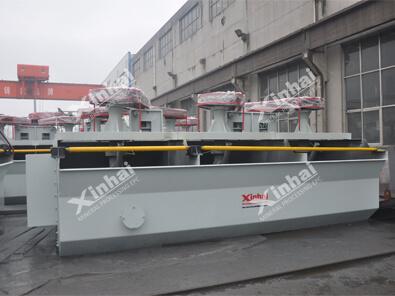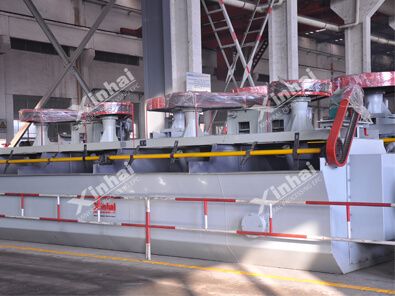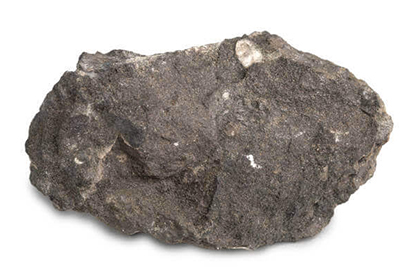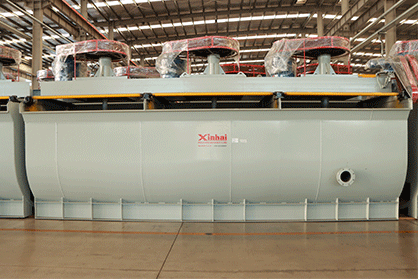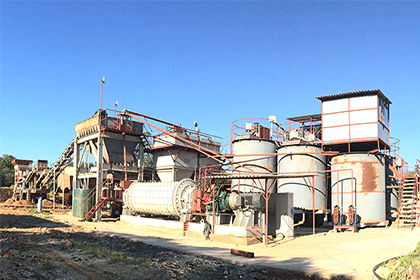Effects of Slime on Lead-Zinc Oxide Flotation and Solutions
 Shirley
Shirley
 Jul 09, 2021
Jul 09, 2021
 1058
1058
If you want to know more details about equipment, solutions, etc, please click the button below for free consultation, or leave your requirements!
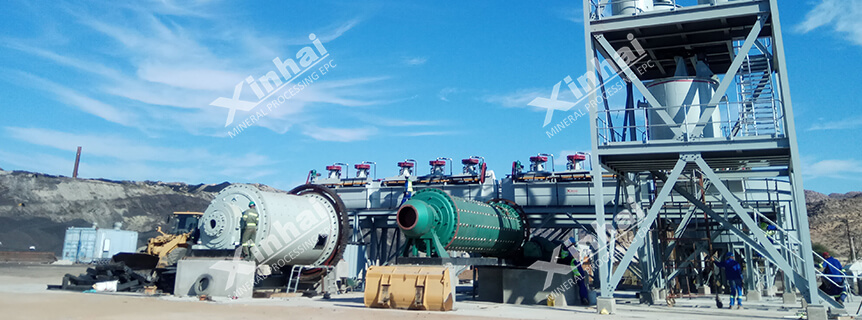
Lead-zinc ore is the important non-ferrous metal, which is widely used in the construction of national economy. As lead-zinc oxide ore is easy to be slime, which will seriously affect the flotation effect, lead-zinc sulfide ore is often chosen in the many lead-zinc processing plants. However, with the depletion of lead-zinc sulfide resources, people pay more and more attention to the recovery of lead-zinc oxide ore. This article will take you to understand the influence of slime on the flotation of lead-zinc oxide ore and the solutions.
01 Effects of Slime on Lead-Zinc Oxide Ore Flotation Process
Back(1) Reduce Vulcanization Effect
In the oxidized ore flotation process, lead oxide minerals are often sulfide (commonly used sodium sulfide) in alkaline pulp, so that the surface of lead oxide minerals is coated with a layer of sulfide film, and then xanthate type collector is used for flotation. However, lead oxide minerals will be severely affected by the sludge during the sulfidation process: ① Slime consumes a lot of vulcanizing agent. ② Slime affects the hydrolysis rate of vulcanizing agent.
(2) Reduce Flotation Recovery Rate
Slime often pollutes the surface of oxide ore, especially zinc oxide ore, which is easily polluted by iron hydroxide and loses its original floating performance. The sludge covers the surface of coarse-grained minerals, which will hinder the adhesion of coarse-grained target minerals and collectors and the reaction of collectors on the surface of coarse-grained minerals with bubbles, which reduces the flotation recovery rate.
(3) Reduce the Flotation Concentrate Grade
Fine particles are easy to adhere to the liquid-gas interface, while the fine-grained sludge in the gangue adheres to the interface. The two will enter the concentrate product with the foam, decreasing the grade of the concentrate.
The physical and chemical properties of the surface of fine-grained minerals are different from those of coarse-grained minerals. The surface area of fine particles is large and the surface free energy is high, which reduces the separation and adsorption performance of collectors. Regardless of the electrochemical properties of the surface and the properties of the electric double layer, the agent can be adsorbed, so that non-target minerals such as pomegranate seeds and calcite can float up, which affects the grade of the concentrate.
02 Solutions
Back(1) Separate Processing of Slime and Mineral
To reduce the impact of slime on the flotation of lead-zinc ore, the slime can be separated in advance, and then the flotation process can be carried out. The commonly used methods are mainly as follows:
Selective flocculation flotation. After adding collectors, the particles are flocculated and floatated under the action of hydrophobic association by high intensity agitation.
Carrier flotation. Use floating minerals of appropriate particle size as a carrier to float the fine particles attached to it.
Reunion flotation. Also known as emulsification flotation, it refers to the agglomerates formed by the interaction of fine-grained minerals with collectors and neutral oil.
Microbubble flotation. The fine particles are flotation by air pressure method and variable pressure (pressurization, decompression) method.
In addition to the above four methods, there are electrolytic flotation, electric flotation, electromagnetic flotation, etc.
(2) Ore Pretreatment – Desliming
In order to reduce the influence of sludge on mineral separation, desliming can be carried out before ore processing. Classifying desliming method is commonly used (hydrocyclones are commonly used), but excessive desliming will reduce the zinc recovery rate.
(3) Add Slime Dispersant
Slime dispersant can disperse the slime and eliminate the harmful effect of fine mud covering the surface of other minerals. The commonly used dispersant is sodium silicate, sodium carbonate, sodium hexametaphosphate and so on.
(4) Dosing in Batches
In order to maintain the effective concentration of the agents in the pulp, the agents can be added in sections and batches to avoid being adsorbed by slime at a time.
(5) Maintain a Thin Pulp Concentration
The use of thinner slurry concentration can make the slime disperse, reduce the viscosity and the cover on the surface of coarse particles, and also reduce the pollution of slime to concentrate foam.
03To Wrap Up
BackThe above are the effects of slime on lead-zinc oxide ore flotation process and solutions. Lead-zinc oxide ore often contains a variety of primary slime (kaolin, sericite, limonite, etc.) and secondary slime (slime produced in the process of crushing, grinding and transportation), which will seriously affect the flotation process of lead-zinc ore. In actual production, appropriate desliming process can be selected according to the actual situation to reduce the effect of slime on flotation.
It is recommended that you find a professional manufacturerto do beneficiation test in advance, and determine the beneficiation program according to the experimental results. If you have other questions, you can contact online service or leave a message.
 +86 18234403483
+86 18234403483 yanzhang19990421@gmail.com
yanzhang19990421@gmail.com




 Message
Message Chat Now
Chat Now


